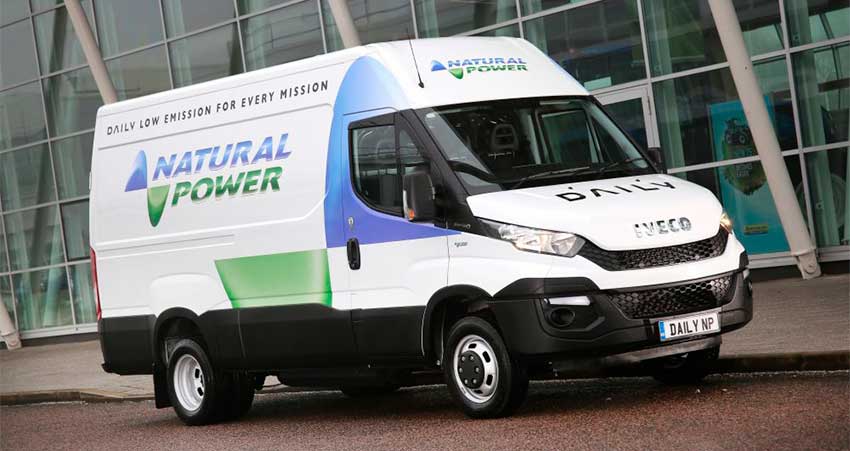The government has announced licence regulations are to be relaxed for drivers of some alternatively fuelled vans.
Currently, drivers with Category B (car) licences are permitted to drive vans which weigh up to 3.5 tonnes. However, electric and hybrid vans of a comparable size must carry a large battery pack, making them slightly heavier. The government announced on March 29 that it would seek agreement from the EU for drivers with Category B licences to be permitted to drive alternatively fuelled vans weighing up to 4.25 tonnes.
The move follows news that operators of alternatively fuelled vehicles up to 4.25 tonnes will also be exempt from HGV operator licensing, as long as they only operate domestically.
The announcement also comes after a two-month consultation process. The government said it was supporting a commitment to ensure almost every car and van is a zero-emission vehicle by 2050.
The news was welcomed by the Freight Transport Association, which said it consulted its members on the proposal and found they were largely in favour of the change.
FTA’s environment policy manager, Becki Kite, said she felt the licensing change will encourage more firms to consider the move to alternatively fuelled vehicles.
”FTA is delighted the government has listened to the logistics industry and taken this positive step to make it easier for transport and freight companies to operate electric vehicles,” she said. “This will make it cheaper and easier for firms to include alternatively powered vehicles in their fleets. It is an excellent example of how the government can use regulatory adjustments to help our industry implement more energy-efficient working practices.”
Kite said the change meant companies will no longer be penalised for using alternatively fuelled vehicles. “The heavier weights of these vehicles mean they have often been inaccessible for van operators who do not have an operator licence or the appropriately trained drivers. For firms with the appropriate operator licence, the additional regulation still meant extra cost in implementing appropriate compliance policies and recruiting additional drivers.
“Now they will be able to absorb these vehicles easily into their current working practices,” she concluded.






